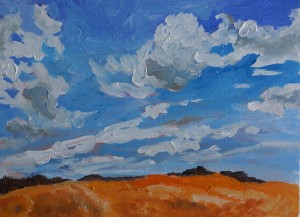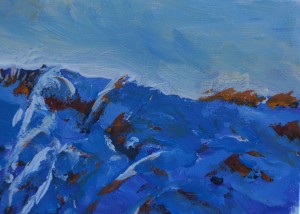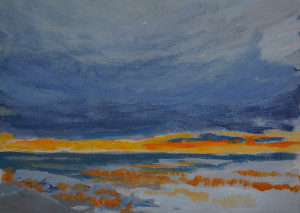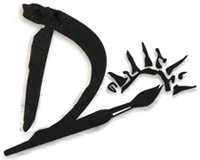Art doesn’t solve problems or crime. It isn’t food, or medicine. It doesn’t interact with us or socialize us. It doesn’t make our lives easier, house us, educate us or get us from place to place.
Or maybe.. it does.

Conversations buzzed when I was a child “ You won’t save the world drawing pictures”.
A few parents remarked worthwhile education, didn’t include art.
Art was fun and challenging, but I wanted to make a difference when I grew up. Maybe they were right?
I never realized until adulthood how much art and creativity are woven into our lives and it’s significance.
Dr Chales Limb says creativity is ‘fundamentally is a basic requirement of human civilization and how we advance.’
‘ IT INFILTRATES EVERY ASPECT OF HUMAN LIFE.”

A study in Utah proved when people are surrounded by art, good things happen.
Professional’s required to spend a lunch break visiting an art museum had lower blood pressure, heart rate, and better spirits for the rest of the day. Obvious results.
Except, they also produced more random acts of kindness.
A Hip replacement study proved patients healed faster, with nature art intermittently displayed in the halls during therapy. It had a direct effect on their healing and recovery. Abstract art wasn’t as effective. When the walls were blank, they did worse.
Art is one of the most recognized contributions to charities around the globe ~ Health research/ equipment, conservation, wildlife & habitat, education, all auction art to raise funds.http://www.dawnbanning.com/newsblog/charity-2/
Art is important in our culture, history, in the way we think and communicate. Art can make us pay attention, soothe us in hard times, bring energy to ourselves and our spaces.
Creativity also plays a big part in business, sports, science, medicine and technology. Think creative marketing, architecture, sport visualization. Art Therapy, the profound observant Sherlock Holmes, or the device you are reading this on invented by a creative mind, like perhaps, Steve Jobs.

Acquiring art skills & art appreciation activates different parts of our brain. It assists creative thinking, focus, to problem solve, that problems often have more than one solution. Art teaches tolerance, and emotional intelligence. We are more innovative and adaptable. Art sharpens observation skills. Studies show it can improve our memory.
These skills are transferable. Your child may never grow up to paint like Picasso, but lessons taught in art class may help them design airplanes, communicate more efficiently at work & in relationships, solve crime, or save lives.
Training as member of the Victoria Search and Rescue Unit, I excelled in tracking. Locating footprint patterns requires unique observational skill. Time frame is essential, when tracking a lost or kidnapped child. Find a print, or partial one, in playground dirt of hundreds, overlapping over each other.
Tracking in wilderness, where the slightest markings signify a person passed by.
Being able to conceptualize space, while dragging a120pd dummy came in handy, especially when the entire building was on fire. The ceiling an orange sea, flames licking the walls.
Creativity is our super power.
Studies prove the power art can possess.
Perhaps the artists with their unique vision, can contribute in ways we have yet to fully understand, beyond creating pictures?
If artists were integrated in various fields, what would the outcome would be? Would people be more observant, communicative, more patient, tolerant?
Whether you ever pick up a paintbrush, art & artists can make a difference. Maybe even help save the world.
~d
